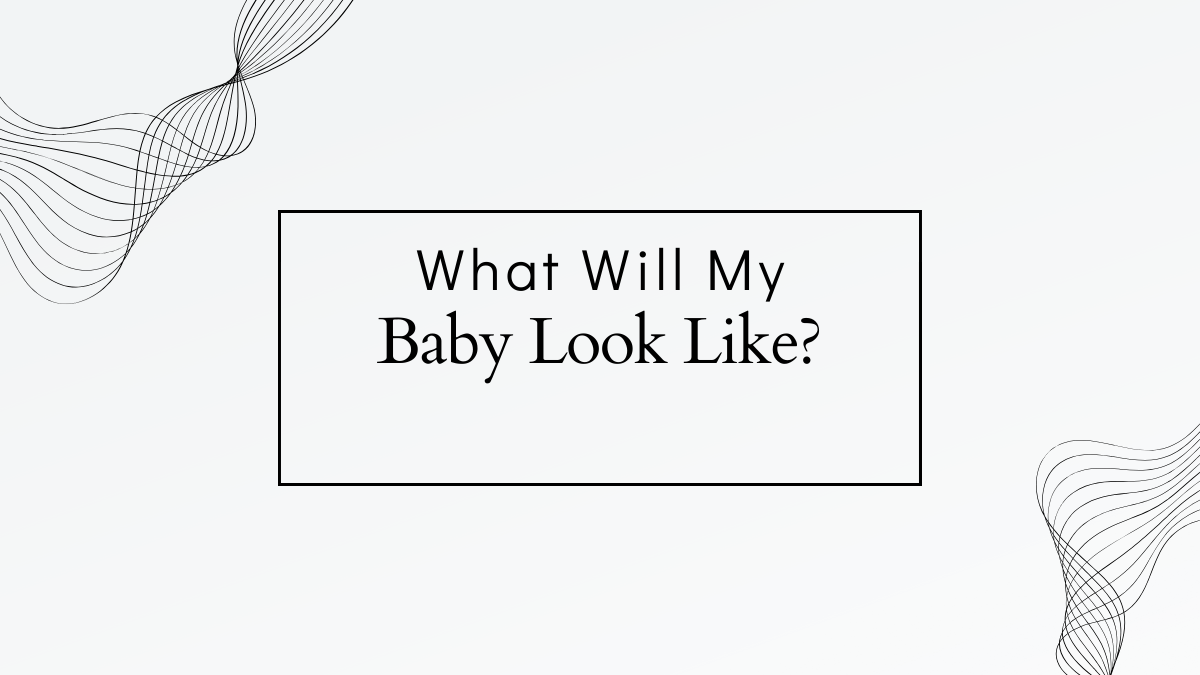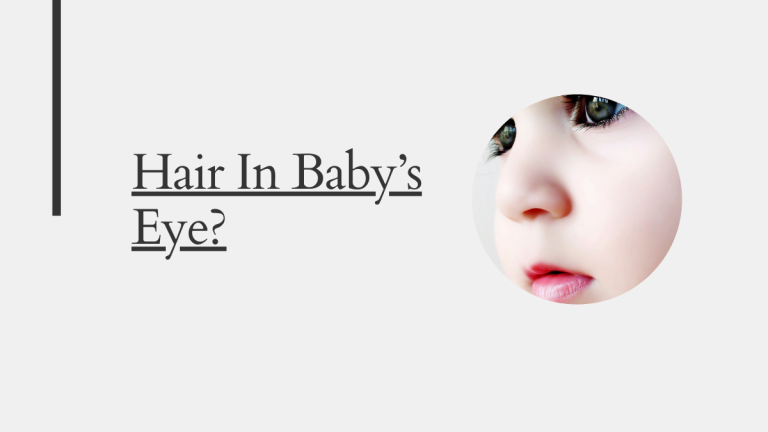What Will My Baby Look Like?
Curiosity about our future little ones is a natural wonder that tickles the minds of expecting parents. As we eagerly await the arrival of our bundles of joy, one question often dances in our thoughts: ‘What will my baby look like?
From inheriting eye colour to facial features and hair texture, this enchanting journey through genetics holds endless possibilities. Join us as we unravel the captivating science behind predicting your baby’s appearance, unlocking secrets that stir excitement and deepen the bond with your unborn child. Get ready to embark on an extraordinary adventure where imagination meets reality!”
Factors that influence a baby’s physical features
Many factors can influence the physical features of a baby, and these can be broadly categorized into three main categories: genetics, family history, and environmental factors. In this section, we will delve deeper into each of these factors and how they can impact your baby’s appearance.
- Genetics: Genetics is perhaps the most important factor in determining a baby’s physical features. This is because genes are responsible for passing down traits from parents to their offspring. Every human has 46 chromosomes (23 pairs) in their DNA, with half coming from each parent. These chromosomes contain thousands of genes that determine various characteristics such as hair colour, eye colour, skin tone, height, facial features, etc.
The way genes are inherited is complex and cannot be predicted accurately. However, certain traits tend to run in families due to genetic inheritance patterns. For example, if both parents have blue eyes, it is more likely that their child will also have blue eyes than if one or both parents have brown eyes.
- Family History: Family history plays a significant role in determining a baby’s physical features as it directly relates to genetics. As mentioned earlier, certain traits tend to run in families due to genetic inheritance patterns. This means that if you know what physical features your immediate family members have or had at birth (parents and siblings), there is a higher chance that your baby may inherit similar characteristics.
Overview of genetic inheritance and how it impacts a baby’s appearance
Genetic inheritance is the process by which traits and characteristics are passed down from parents to their offspring. These genetic factors play a significant role in determining how a baby will look, including their physical appearance, such as eye colour, hair colour, and facial features.
Every individual has two copies of each gene, one inherited from their mother and one from their father. These genes carry the instructions for specific traits or characteristics that will be expressed in the baby’s physical appearance. However, not all genes are dominant; some are recessive and require both copies to be present for the trait to be visible.
The most common form of genetic inheritance is called Mendelian inheritance, named after Gregor Mendel, who first discovered the principles of heredity. This type of inheritance follows predictable patterns based on dominant and recessive genes.
For example, if both parents have brown eyes (dominant trait) but carry a recessive blue eye gene, there is a chance that their baby may inherit the blue eye gene from each parent, resulting in having blue eyes instead of brown.
Another factor that impacts a baby’s appearance is genetic variation. This refers to differences in DNA sequences among individuals within a population. It is what makes us unique and contributes to our diverse physical appearances.
Genetic variations can result in subtle differences such as skin tone or freckles or more noticeable ones like height or body shape. These variations contribute significantly to how we look different from our siblings or other family members.
Tools and methods for predicting a baby’s appearance
Predicting a baby’s appearance has always been a topic of fascination for expecting parents. While there is no guaranteed way to accurately predict a baby’s physical features, advancements in technology have made it possible to get an idea of what your little one might look like. In this section, we will explore some of the tools and methods available for predicting a baby’s appearance, including online generators and DNA testing.
- Online Generators: One popular method for predicting a baby’s appearance is through the use of online generators. These are websites or apps that allow you to upload photos of yourself and your partner and then use algorithms to generate an image of what your future child may look like. Some popular options include “MorphThing” and “MakeMeBabies.”
These generators work by analyzing certain facial features from both parents’ photos, such as eye colour, hair colour, and face shape. They then combine these features using complex algorithms to create an image that represents the potential combination of traits from both parents.
While these online generators can be fun to play around with, they should not be taken too seriously as their predictions are not scientifically accurate. The images generated are based on probabilities and do not take into account other factors, such as genetic variations or environmental influences.
- DNA Testing: Another method for predicting a baby’s appearance is through DNA testing. This involves collecting samples from both parents’ DNA and analyzing them to determine which genes they carry.
What can be accurately predicted, and what cannot be expected?
Predicting the future has always been a fascination for humans, especially when it comes to our children. From personality traits to physical appearance, we are constantly curious about what our babies will look like.
However, when it comes to predictions, certain things can be accurately predicted, and others cannot be predicted with certainty.
Accurately Predicted:
- Genetic Traits: Genetics play a significant role in determining your baby’s physical features. You and your partner’s genetic makeup can give you an idea of what your baby might look like. For example, if both parents have dark hair and brown eyes, likely, the baby will also have these features.
- Gender: With advances in technology and medical science, predicting the gender of your baby has become highly accurate. Ultrasound scans done during pregnancy can determine the sex of the baby with almost 99% accuracy.
- General Physical Characteristics: While we cannot predict every detail of our baby’s appearance, some general characteristics, such as height and weight, can be estimated based on parental genetics and prenatal development patterns.
- Ethnicity: The geographical origin of parents can also give an idea of their baby’s ethnicity or race. For instance, if both parents are Caucasian or Asian, it is more likely that their child will also inherit similar features.
What Cannot Be Predicted?
Despite having some knowledge about genetics, predicting specific physical features such as eye colour or hair texture is not possible with complete.
Countless families around the world have used various methods to try and predict what their baby will look like. In this section, we will explore some real-life examples and case studies of families who have used these methods and whether or not they were accurate in predicting their baby’s appearance.
- Case Study #1: The Jones Family
The Jones family was expecting their first child, and like most soon-to-be parents, they were curious about what their baby would look like. They decided to use the ancient Chinese gender prediction method, which is based on the mother’s age at conception and the month of birth. According to the way, if both numbers are odd or even, it predicts a girl, while if one number is odd and the other is even, it indicates a boy.
In this case, Mrs. Jones was 29 years old when she conceived in November (the eleventh month). Based on these numbers, the prediction was for a girl. To everyone’s surprise, Mrs Jones gave birth to a beautiful baby girl, just as predicted by the method.
- Case Study #2: The Patel Family
The Patel family wanted to know if they were going to have a tall or short child, so they turned to another popular method – comparing the heights of both parents. According to this method, adding 5 inches (13 cm) for boys or subtracting 5 inches (13 cm) for girls from the average height of both parents can give an estimation of how tall your child may be.






